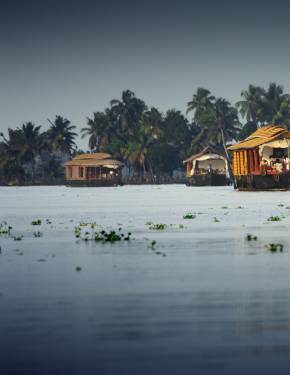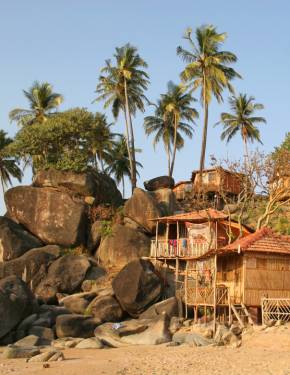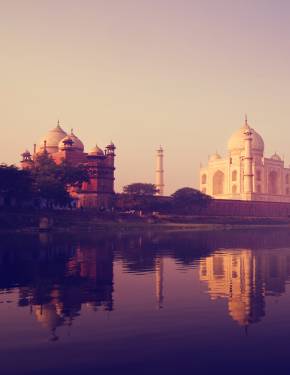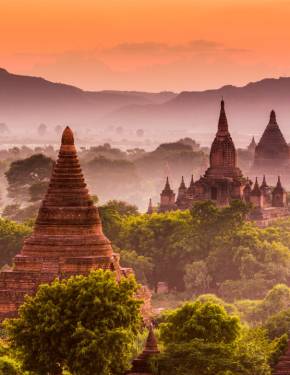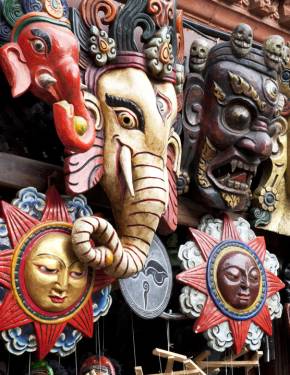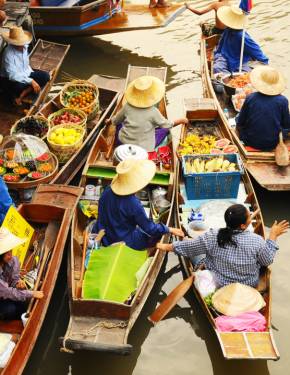Best time to visit by popularity Sri Lanka
+184
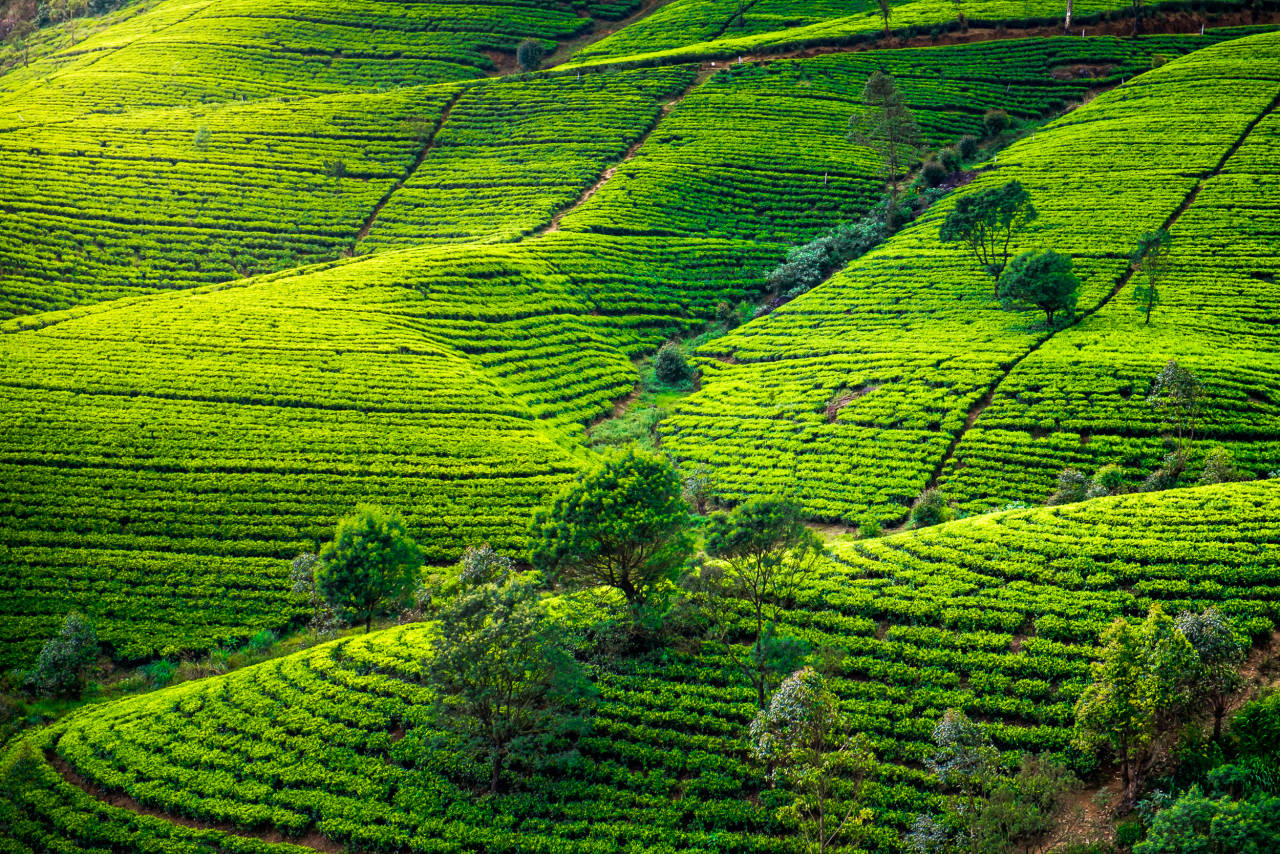
© Volodymyr Goinyk / Dollar Photo Club
POPULARITY HIGHLIGHTS(MAY 19 - MAY 29)
Based on social data we estimate crowdedness to be above average during this time period.
Last updated:
Jan
5.7
Feb
5.4
Mar
5.3
Apr
5
May
5
Jun
5.4
Jul
5.8
Aug
5.9
Sep
5.8
Oct
5.5
Nov
5.4
Dec
5.7
Sri Lanka weather in January
5.7/10 score
Acceptable
26° average
average temperatures
13 mm
precipitation
11h 46m
daylight duration
January is a comfortable month for visiting the southwest, inland areas, and Colombo. The temperature is around 28°C (82°F), and the relatively low humidity makes it easier to tolerate. Mornings are sunny yet not hot and are ideal for sightseeing and hiking. Along the western coast, the sea is warm and calm. If you prefer to combine beach holidays with some culture-based activities, January is the right time to do it.
Meanwhile, the northeast is in the state of the monsoon season. By January, compared to November and December, the number of precipitation decreases. However, cyclones, forming in the Bay of Bengal, bring the risk of tropical storms. The area is cloudy, windy, and the rains might last for days.
Sri Lanka weather in February
5.4/10 score
Acceptable
27° average
average temperatures
13 mm
precipitation
11h 54m
daylight duration
The northeastern part of the island still deals with rains. They are less intensive and frequent as the rainy season approaches its end. But afternoon downpours and night-long storms occur until the end of the month, when monsoons leave and let the inter-monsoon season start. It’s better to carry a light raincoat and a scarf to protect yourself from rain and wind.
For Colombo, February is the driest period. The same is fair for the entire southwest region and inland territories. They enjoy pleasantly warm mornings, somewhat hot days, with the temperature rising to 30°C (86°F). In general, this region is much wetter than the northeast. If you planned to visit it, you’d better do it in February when the weather is favorable.
Sri Lanka weather in March
5.3/10 score
Acceptable
28° average
average temperatures
13 mm
precipitation
12h 04m
daylight duration
The weather is excellent throughout the country. In the northeast, the rainy season is over. The number of sunshine hours reaches 9-10 per day, while the precipitation is half as much as it was a month before. In March, the west coast is not the only one suitable for a beach holiday: the sea is calm in the north and east too.
All over Sri Lanka, the heat increases, and day temperature rises to 32-33°C (90-92°F) on some days. The nights and mornings are also warm. March is ideal for a tour throughout the island: you can go for swimming, visit Colombo, hit the northernmost point of Sri Lanka, and climb Adam’s peak. Depending on the region, the conditions vary slightly but remain comfortable. For early-morning hiking, you might want to bring a light shirt.
Sri Lanka weather in April
5/10 score
Acceptable
28° average
average temperatures
13 mm
precipitation
12h 16m
daylight duration
April offers favorable conditions for exploring the island. It gets hotter in all the regions, but the heat is still tolerable, with the temperature up to 33°C (92°F). The northeast is drier, thus, more comfortable for both sightseeing and beach vacations. The sky is clear, and the sea is serene, providing idyllic conditions for swimming and sunbathing.
In the southwest, the weather starts to deteriorate gradually. The heat combined with the high humidity makes this part of Sri Lanka less comfortable for tourist activities, but still bearable. To enjoy sightseeing, you’d better choose morning hours as the temperature is mild, and the risk of a sudden rain is low. Late April marks the beginning of the rainy season in west and southwest of Sri Lanka. Occasional downpours might occur in any spot along the western coast. Still, the only place where rains are inevitable is Colombo.
Sri Lanka weather in May
5/10 score
Acceptable
28° average
average temperatures
15 mm
precipitation
12h 26m
daylight duration
In May, monsoons from the Indian Ocean hit the southwest of the island. The amount of precipitation increases abruptly. In Colombo, it reaches 400 mm (16 in) per month, and the number of rainy days approaches 27 out of 31 in May. The second region most affected by the monsoon is Galle, with 290 mm (11 in) of precipitation. If you find yourself in these areas of Sri Lanka, you won’t make it without a raincoat. Even though heavy downpours interchange with sunshine, the weather in the southwest is hard to tolerate as it’s humid, cloudy, and hot. Also, in May, there is a risk of tropical cyclones.
In the rest of the territories, the heat also increases. The inland areas face day temperatures of over 34°C (93°F), and the nights are not much cooler. These days, it’s more comfortable in the northeast as the breeze moderates the heat.
Sri Lanka weather in June
5.4/10 score
Acceptable
28° average
average temperatures
14 mm
precipitation
12h 31m
daylight duration
The southwest keeps going through the rainy season. Prolonged, torrential rains occur all over the west of Sri Lanka. Even though the abundance of precipitation decreases compared to May, it rains daily, and you’d be lucky enough to see one-two dry days in Colombo. In June, humidity reaches over 95%, and the temperature of 29°C (84°F) feels much hotter. Also, the sea gets rough and dangerous for swimming. Hence, there is not much to do for a tourist in this region.
On the contrary, the conditions in the northeast are more than welcoming. In June, these areas are the driest in Sri Lanka. Even though the thermometer may show higher temperatures than in the south, the heat is less perceptible. With its 13 hours of sunshine and the calm sea of 30°C (86°F), this destination is ideal for vacation.
Sri Lanka weather in July
5.8/10 score
Acceptable
28° average
average temperatures
12 mm
precipitation
12h 28m
daylight duration
The heat decreases all over the island for several degrees, but it usually doesn’t drop below 27°C (81°F). In the northwest, it gets too hot in the midday, and even the sea breeze is not enough for making the weather pleasant. During the evenings and mornings, the conditions are much more favorable for any activity that comes to your mind. You may go to the beach as the sky is cloudless and the sea is as warm as the air. You may also go hiking or sightseeing as the heat is not that tiring.
Meanwhile, Colombo and the southwest face heavy showers daily. In comparison to the previous two months, they are lighter yet regular. The entire region is cloudy, foggy, and muddy, and the sea is warm yet stormy. In July, you don’t have many options in this part of Sri Lanka: you can just wait for the rainy season to end.
Sri Lanka weather in August
5.9/10 score
Acceptable
27° average
average temperatures
13 mm
precipitation
12h 20m
daylight duration
At the beginning of August, the weather conditions resemble those of July. In the southwest, torrential rains hit the coast almost every day. Occasionally, they are even more frequent and intense than previously. The temperature is stable, and the thermometer shows around 29°C (84°F). In the north and east, it may reach up to 34°C (93°F), and the nights are identically warm as the days.
By the second half of August, the impact of monsoons on the southwest territories decreases, and Sri Lanka enters the second inter-monsoon period. The rains still occur, but they become less frequent and heavy. It gets sunnier, and the weather conditions improve in general. Though the sea along the west coast is not calm enough for swimming, and you’d better choose the east for the beach holidays.
Sri Lanka weather in September
5.8/10 score
Acceptable
27° average
average temperatures
13 mm
precipitation
12h 09m
daylight duration
After a short break in late August, when the rain calmed down a bit, the weather deteriorates again. It’s especially perceptible in Colombo that deals with both monsoon seasons. Although the second rainy season hasn’t officially started yet, the amount of precipitation increases, the sky gets cloudy, the mornings are misty and humid. In the rest of the southwest territory, the conditions are more favorable: the temperature is around 29°C (84°F), the humidity lowers gradually, and the rains occur less frequently.
The north and east remain sunny and relatively dry. However, the rainy episodes might catch you in the afternoon. For such occasions, it is good to have an umbrella in your bag. Despite the slight worsening of the weather, the region is still suitable for sightseeing, swimming, and hiking.
Sri Lanka weather in October
5.5/10 score
Acceptable
27° average
average temperatures
15 mm
precipitation
11h 58m
daylight duration
The beginning of the month is somewhat like September, with it might rain throughout the island. By mid-October, the second rainy season hits Sri Lanka. This time the northeast coast is the one to suffer from prolonged, torrential downpours. The first place to experience the impact of the monsoons from the Bay of Bengal is Jaffna, the northernmost region of the island.
By the end of October, the entire country is stormy. Usually, it rains in the afternoon or during the night. It leaves you a chance to explore Sri Lanka during short sunny periods during the day, but you never know when a shower will hit the island. Together with the frequent rains and heavy, grey clouds, the northeast monsoon brings a slight decrease in temperatures. However, they don’t drop below 26°C (79°F).
Sri Lanka weather in November
5.4/10 score
Acceptable
26° average
average temperatures
17 mm
precipitation
11h 48m
daylight duration
Along with May, November shares the title of the wettest month of the year. In contrast to the previous rainy season, the northeast monsoon brings rains to the major part of Sri Lanka. To some extent, the mountains protect the southwest areas from the monsoon; thus, this region in more favorable for visiting. The storms here are less frequent and heavy than in the northeast, yet they occur regularly. Luckily, it rains mainly at night or early in the morning, while during the day, the sky clears up and brings the sunshine.
In the northeast, rains are more prolonged and more intensive, and days face the risk of a sudden downpour. Most of the precipitation falls on the northeast slopes of the highlands. Kandy is the district most influenced by the monsoon: it receives over 1000 mm (39 in) in a month. November is also the peak of the rainy season in Colombo. Similarly to May, the city gets up to 400 mm (16 in) of precipitation.
Sri Lanka weather in December
5.7/10 score
Acceptable
26° average
average temperatures
13 mm
precipitation
11h 43m
daylight duration
Compared to extremely humid November, the weather gets slightly better. It keeps on raining heavily in the northeast and in the highlands. As a rule, the majority of the torrential rainy sessions occur at night. The day rains come in short showers, and quickly after the weather improves. Aside from downpours, there’s one more drawback of the monsoons—strong winds. In December, they might bring tropical storms from the Bay of Bengal. Even though they usually pass by Sri Lanka, you shouldn’t neglect the risks.
While the conditions are far from favorable in the northeast, you can go to the southwest and explore this area. The temperature here drops to the average of comfortable 25°C (77°F), the sun shines for about 7 hours daily, and the sea calms down enough for safe swimming.
Nearby destinations
